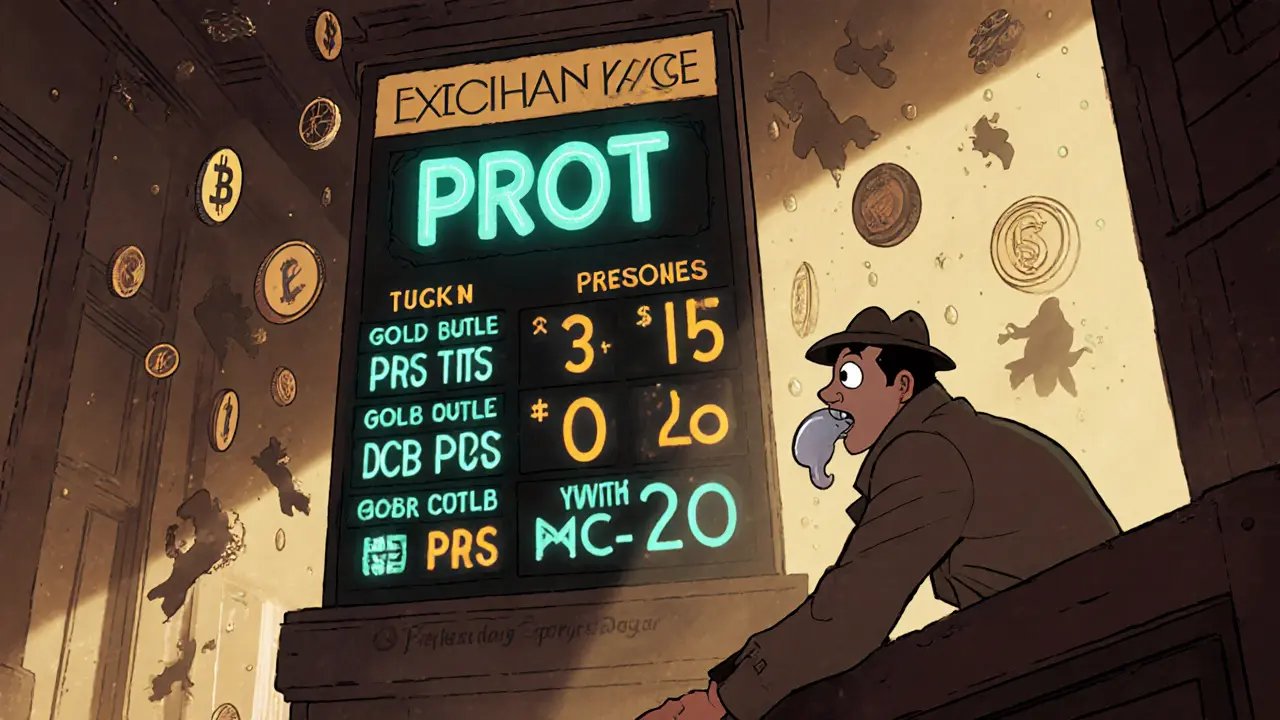Protocol: Understanding the Backbone of Crypto Projects
When working with Protocol, a set of rules that dictate how a blockchain network operates and how its tokens behave. Also known as crypto protocol, it governs everything from transaction validation to token distribution. A cryptocurrency, digital money that runs on a protocol can’t exist without a solid protocol, and an airdrop, free token distribution based on protocol rules follows the same logic. Understanding these pieces helps you spot real value and avoid scams.
Protocols define the technical standards that enable different blockchain projects to talk to each other. For example, the blockchain, the ledger that records all protocol activity provides the infrastructure, while the protocol sets the consensus method, smart‑contract capabilities, and tokenomics. This relationship means that a change in the protocol can affect transaction speed, fees, and security. Likewise, an exchange, a platform that lists tokens built on a protocol must support the protocol’s standards to enable smooth trading.
Why Protocols Matter for Airdrops and Token Creation
Most airdrop guides you’ll read, like those for SENSO or BullPerks, hinge on the token’s underlying protocol. The protocol decides eligibility criteria, snapshot timing, and distribution mechanics. If a protocol is poorly designed, the airdrop can be prone to exploits or fail to reach intended users. That’s why we often see deep dives into protocol specs before recommending an airdrop. Similarly, token creation platforms such as MintMe rely on their protocol to issue new assets, manage supply, and enforce trade rules. Knowing the protocol’s tokenomics helps you gauge risk before you claim a free token.
Another semantic connection is that protocol, the rulebook for a blockchain influences miner or validator incentives, which in turn affect priority fees and transaction costs. The “priority fees & miner tips” article explains how Bitcoin and Ethereum protocols handle these tips, showing the direct link between protocol design and user experience. When a protocol upgrades—think EIP‑1559 for Ethereum—it reshapes fee markets and can make certain airdrops more or less profitable.
From a regulatory angle, protocols also shape how governments view crypto. The China ban article, for instance, references how the state can target specific protocols to enforce compliance or restrict access. Meanwhile, the Taiwan tax guide looks at how protocol‑generated income is treated under local laws. So protocol knowledge isn’t just technical—it’s also essential for staying legal.
In practice, evaluating a protocol means checking a few key attributes: consensus algorithm (Proof‑of‑Work vs Proof‑of‑Stake), token issuance model, upgrade path, and community governance. A well‑documented protocol like PAC Protocol provides clear data on price, tech, and risks, making it easier for investors to decide. On the flip side, obscure protocols often lack audits, adding a layer of risk.
When you browse our collection below, you’ll find articles that unpack these attributes for specific tokens, explain how airdrops leverage protocol rules, and compare exchange fees that arise from different protocol designs. Whether you’re hunting the next airdrop, reviewing an exchange like Coinbase, or studying a new blockchain launch, the protocol is the common thread that ties everything together.
Ready to dive deeper? The posts ahead break down protocol‑related topics—from seed‑phrase security on wallet protocols to the mechanics behind priority fees—so you can make smarter moves in the crypto space. Let’s explore the details together.

What Is ProStarter (PROT) Crypto Coin? Definition, Specs, Risks & Outlook
Caius Merrow Apr, 4 2025 16ProStarter (PROT) is a utility token for blockchain fundraising. This guide explains its purpose, tech specs, market data, risks, and future outlook for investors.
More Detail